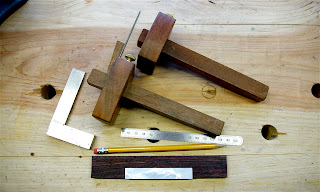Posts
Showing posts from May, 2013
One of My Favorite Guitarists-Ottmar Liebert
- Get link
- X
- Other Apps
The Bridge for Julia's Guitar-Making a Copy of a 1933 Santos Hernandez Guitar
- Get link
- X
- Other Apps
Handmade Marking Gauges and Making a Copy of a 1933 Santos Hernandez Classical Guitar Bridge
- Get link
- X
- Other Apps
Two Good Reasons Why You Should Consider Using French Polish
- Get link
- X
- Other Apps


